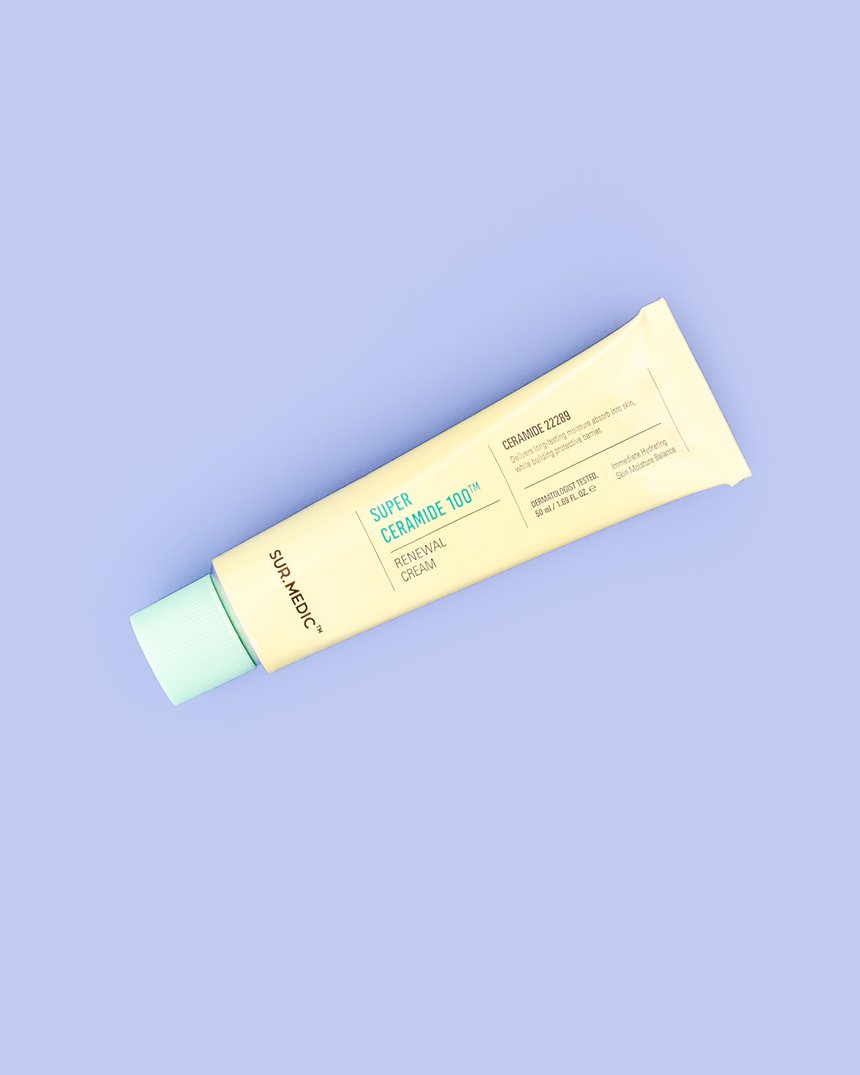Are there any powerful anti-aging ingredients that are sensitive skin-friendly?
This week’s question comes from commenter Julie who asked: “I have rosacea plus an atopic autoimmune disease, so I’ve had crazy sensitive skin as a kid. It’s hard to find active anti-aging ingredients that won’t cause me to have welts or itch all over my body (yes, from something I put on my FACE). Some of the sensitivity is worse during rosacea flareups, so right now, I’m using clean, gentle, moisturizers that keep me calm. It’s truly awful to have such sensitive skin but I’ve been dealing with it my whole life, and I’m 54 now. It’s tiring.”
Here’s the skin expert’s answer:
Having sensitive skin sucks, and sometimes creates serious FOMO on hot new products. Figuring out what exactly your skin does not agree with can require some extensive trial and error – not fun. But look at it this way, sensitive skin types are some of the most creative with skin care because they are always looking for powerhouse ingredients that are sometimes looked over.
Acids, for example, have a great reputation and they work REALLY well. I’m a huge fan, but they’re not for everyone. They can be drying and cause irritation when used willy-nilly. As everyone’s sensitivities are very much their own, it can be a bit discouraging when you don’t know where to start. Let me help! Here are some really great sensitive skin-friendly alternative ingredients to look out for:
RELATED: How to Tell if You REALLY Have Sensitive Skin
It contains glycoproteins, hyaluronic acid, and glycolic acid and boosts elastin and collagen production, replenishes moisture, minimizes wrinkles and fine lines, repairs skin damage, fights blemishes, and evens skin tone. Try the Benton Snail Bee Ultimate Serum.
Squalene
Squalene prevents moisture loss, fights against UV damage, and boosts cell regeneration. Try the Rovectin Skin Essentials Barrier Repair Face Oil.
Cica
Cica helps to increase the healing of burns and wounds by reducing redness and inflammation, as well as increasing collagen production. Try the Dewytree Cica 100 Mask.
Ceramides
Ceramides create a protective, hard-to-penetrate layer that shields the skin from outside damage and helps retain moisture. Try the Sur.Medic+ Super Ceramide 100™ Renewal Cream.
All of the above are suitable for our friends that have rosacea and eczema, but please remember to patch test. And lastly, ALWAYS. WEAR. SPF. It’s the number one way to prevent signs of aging from forming.















